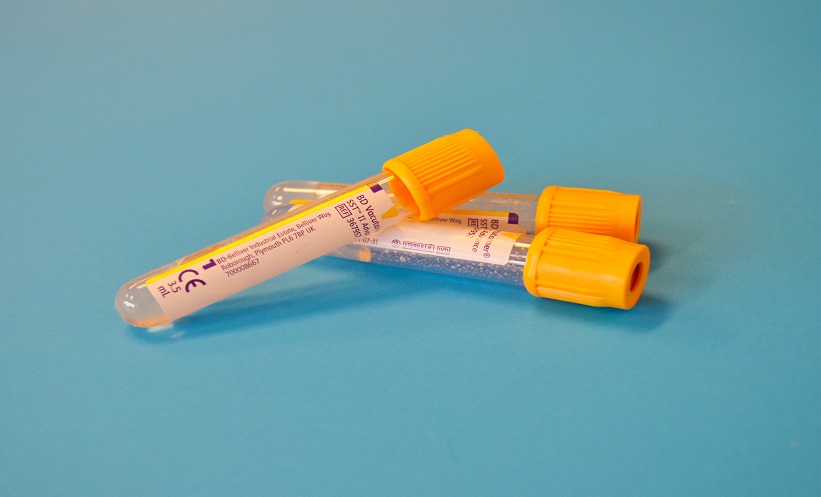INFLAMMATION could be measured through serum calprotectin levels in people with rheumatoid arthritis (RA) who are treated with tocilizumab, an IL-6 receptor. A new study evaluated the correlation between calprotectin and disease activity in patients with RA who had been treated with tocilizumab for at least 3 months.
The researchers split the 69 participants into those who remained on the same treatment of disease-modifying antirheumatic drugs and tocilizumab, and those who had to escalate or switch their disease-modifying antirheumatic drugs due to active RA leading to inflammatory activity. A total of 125 serum calprotectin measures were taken. Those who had active RA had significantly higher median serum levels than those whose RA was not active (4,155.5 versus 1,040.0 ng/mL). The team was able to distinguish whether RA was active or not on 84.1% of occasions using receiver operating characteristic curve analysis, with calprotectin at a cut-off of 1,916.5 ng/mL.
Author Michael Gernert, University Hospital of Würzburg, Germany, said: “Standard inflammation parameters, like erythrocyte sedimentation rate (ESR) and C-reactive protein (CRP), are influenced by IL-6-receptor inhibition.” However, they found that there was no connection between ESR and CRP levels and disease activity.
The researchers also investigated whether calprotectin could also indicate disease activity in patients with RA who were treated with TNF inhibitors for at least 3 months, in a cohort of 45 patients. Like with patients taking tocilizumab, patients had higher serum calprotectin levels when the disease was active than when it was not active (median 5,422.0 versus 1,845.0 ng/mL). However, contrary to patients taking tocilizumab, patients taking TNF inhibitors had significantly higher levels of CRP and ESR when the disease was active than when it was not.








